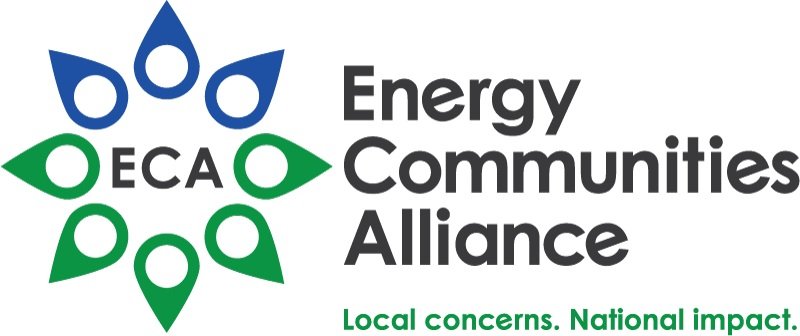HANFORD WTP (THE HANFORD VIT PLANT) OFFICIALLY OPEN
After decades of planning, designing and redesigning, and construction, the world’s largest radioactive-waste treatment plant (“WTP”) for the U.S. Department of Energy which will process and stabilize much of the 56 million gallons of radioactive and chemical waste currently stored in underground tanks at the Hanford Site is OPEN and operating!
Congratulations to the men and women that have worked hard for the project. It is an amazing accomplishment for DOE, the State of Washington, the region and everyone that worked on the project. The opening of the facility moves the environmental cleanup at Hanford forward.
The plant uses “vitrification technology”, which involves mixing the waste with glass-forming materials and heating it to 2,100 degrees Fahrenheit inside large melters. This mixture will then be poured into stainless steel canisters to cool and solidify. In this glass form, the waste will be stable and impervious to the environment, and its radioactivity will safely dissipate over hundreds to thousands of years.
This a momentous occasion in DOE accomplishments and is a historical moment for DOE EM.
As Mayor Gerry, ECA Chair and Mayor of West Richland said today “I congratulate DOE and the many people and companies that had a hand in this first of kind engineering accomplishment in our community that will take liquid radioactive waste, turn it into glass.”
Seth Kirshenberg, Executive Director of ECA, who is in the Tri-Cities for this momentous occasion said “I congratulate the DOE Environmental Management Program and the leaders that have moved forward with the program. This program now works based on strong management and oversight and partnerships with the world class contractors and workers that designed and built the facility. This proves we can build difficult projects with annual appropriations that are engineering models for other programs.”
How it Works
Also known as the Vit Plant, the facility uses a technique called vitrification to immobilize liquid radioactive waste with materials that cool to form solid glass.
“Direct-feed” means Hanford’s tank waste passes through a tank-side cesium removal (TSCR) system for pretreatment. That system filters out suspended solids and radioactive materials such as cesium, producing a low-activity waste that can be transferred into the WTP’s Low-Activity Waste (LAW) Facility for vitrification.
Vitrification begins in large melters where glass-forming materials are heated to until they melt. Bechtel’s custom melter technology heats Hanford’s waste to 2,100 degrees Fahrenheit. Once molten, radioactive waste and chemical tank waste historically stored at Hanford are fed into the mixture. That mixture is then poured into specially designed stainless steel containers to cool and solidify into stable solid (vitrified) forms. The Analytical Laboratory confirms the LAW Facility is producing compliant glass before the immobilized low-activity waste (ILAW) transporter conveys glass-filled containers from the WTP to the Integrated Disposal Facility (IDF).
Major Accomplishment
DFLAW represents a sitewide achievement at Hanford because WTP requires not only transfers of waste from Hanford’s Tank Farms, but the treatment of secondary waste, disposal of vitrified waste, and robust site infrastructure to support 24/7 operations. Since construction was completed in 2021, the facility has been transitioning to commissioning and ramping up the workforce; shifting to a 24/7 operational culture, and testing all systems. The Washington state Department of Ecology, a Hanford regulator, issued the necessary permits to allow the plant to start operating after finding no safety issue that would delay its startup.
This project represents the world’s largest plant to treat radioactive waste. Hanford houses 177 underground waste storage tanks – a legacy research and development during World War II and Cold War. According to DOE, producing plutonium created about 56 million gallons of radioactive and chemical waste, some of which have been in storage for more than 80 years.
This milestone delivers on commitments made in the 2020 settlement agreement, which amended the Tri-Party Agreement and the Washington v. Granholm consent decree, to include the direct-feed approach for immobilizing high level waste in glass.
